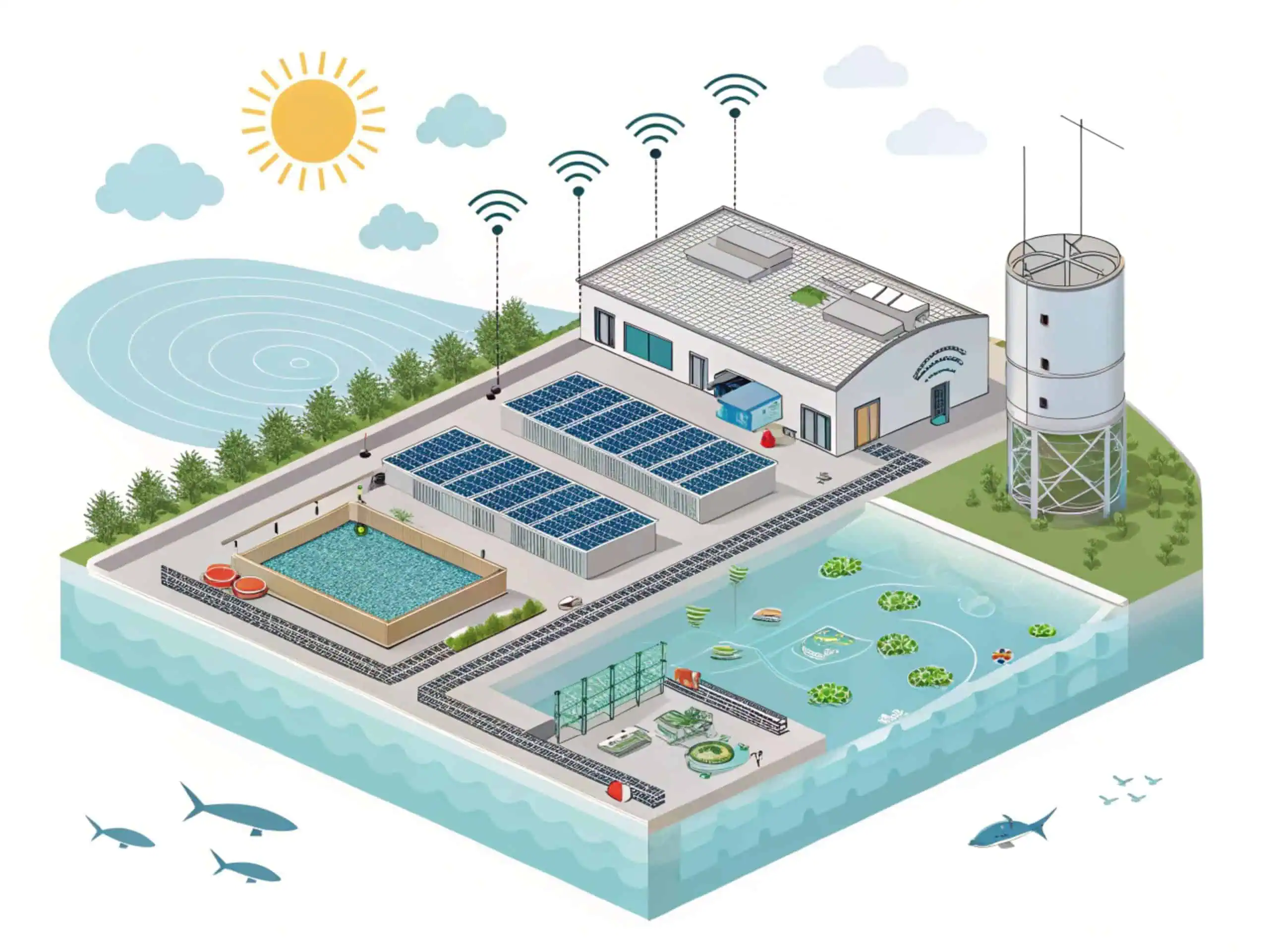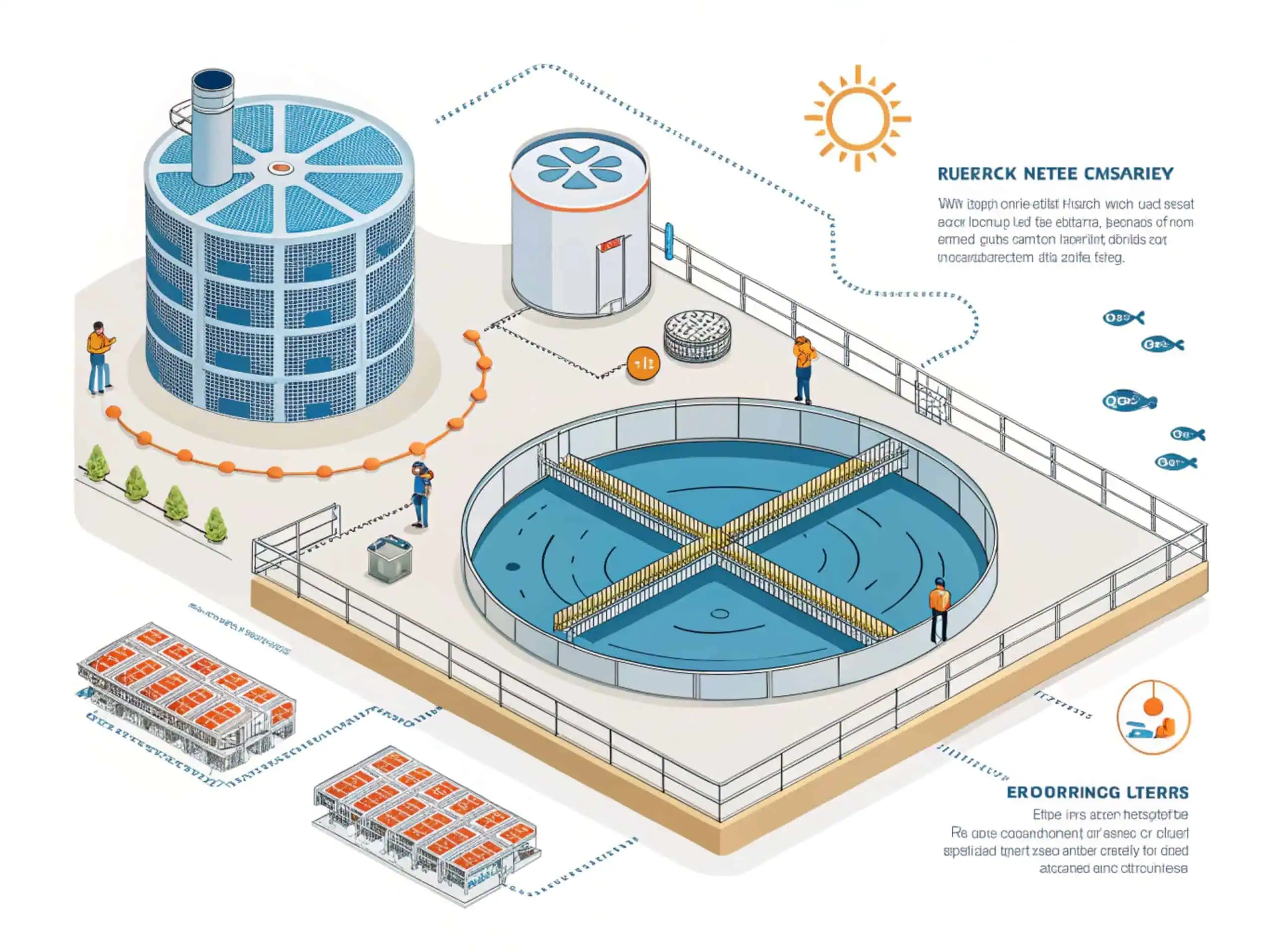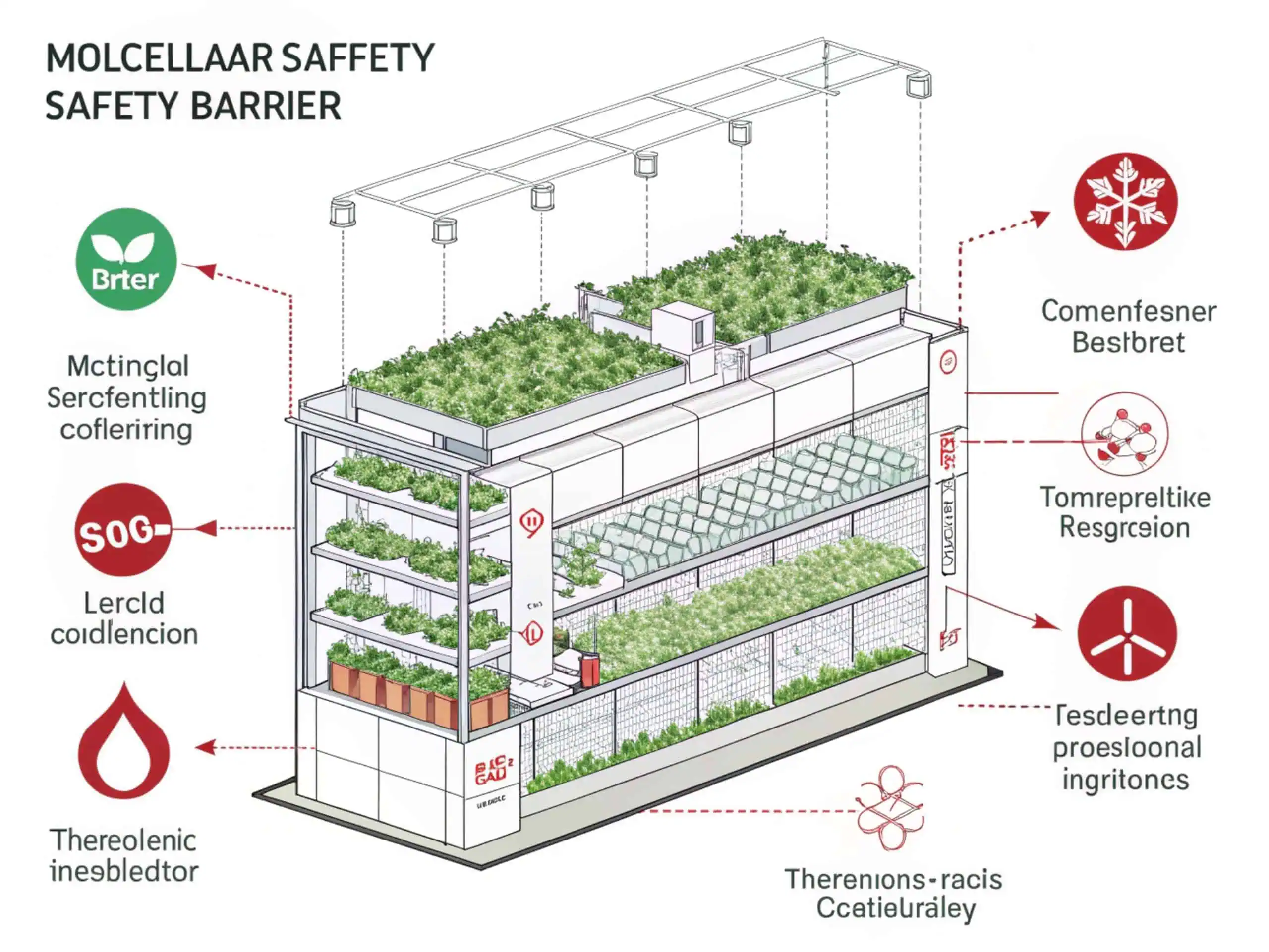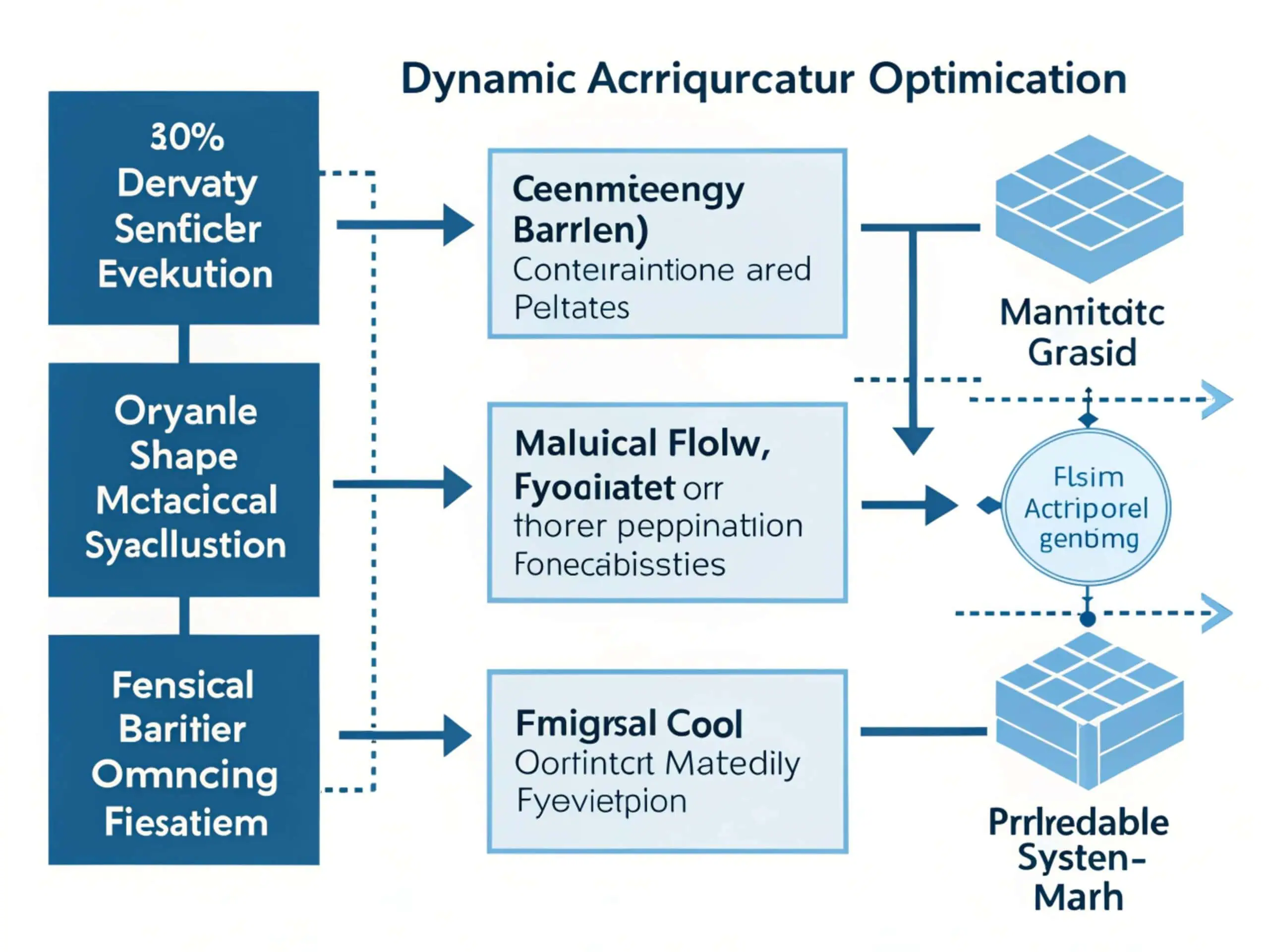5 Common Problems in Aquaculture & How the Right Tank Solves Them?
You've just invested $50,000 in a new aquaculture project, but three months later, 30% of your fish show signs of disease. Sound familiar? This scenario plays out daily for aquaculture operators worldwide - but it doesn't have to be your story.
Modern aquaculture tackles global food security needs while conserving wild fish stocks, but faces critical challenges in water quality management, disease control, operational costs, space utilization, and environmental impact that specialized fish tanks can systematically resolve.

As someone who's worked with aquaculture projects across 14 countries, I've witnessed how the wrong tank choice can turn promising operations into environmental and financial liabilities. Let's explore how smart tank design transforms these pain points into competitive advantages.
What Problems Does Aquaculture Solve?
When my team installed foldable ponds in a drought-stricken Kenyan community, water consumption dropped 60% while fish production doubled. That's aquaculture's hidden power.
Aquaculture provides 52% of human-consumed seafood while reducing overfishing pressures, offering protein alternatives to land-based farming, recycling agricultural byproducts through aquaponics, and creating circular economy models in food production systems.

The Three-Tier Impact Framework
We evaluate aquaculture solutions through three critical dimensions:
| Dimension | Traditional Concrete Tanks | Modern Softwall Tanks |
|---|---|---|
| Water Efficiency | 40% evaporation loss | 12% loss with covers |
| Disease Spread | 70% cross-contamination risk | Fully isolated units |
| Setup Time | 3-5 weeks curing | 48-hour deployment |
| Lifespan | 10-15 years (high maint.) | 7-10 years (low care) |
Our custom fish tanks solve core operational problems through three design innovations:
- Modular configurations preventing disease transmission between units
- Food-grade UV-resistant materials eliminating algae growth
- Reinforced weld seams that withstand 10 tons of water pressure
What Are 5 Disadvantages of Aquaponics?
During a 2022 project in Thailand, improper tank selection caused 8 tons of tilapia losses in an aquaponics system. The culprit? Non-food-grade lining leaching chemicals.
Common aquaponics challenges include pH imbalance from unsuitable materials (55% of failures), inefficient space utilization (wasting 40% floor area), poor temperature control causing 30% crop loss, inadequate structural support risking floods, and suboptimal light exposure reducing plant growth by 25-50%.

Solving the Aquaponics Paradox
We've developed targeted solutions addressing each weakness:
- Material Safety: Our tanks use FDA-grade TPU membranes tested for zero chemical leaching
- Space Optimization: Stackable designs increase planting area by 180%
- Thermal Control: Insulated walls maintain ±2°C of target temperature
- Structural Integrity: Steel-reinforced frames support 3x industry standard weight
- Light Management: Translucent upper sections enable natural photosynthesis
How to Improve a Fish Tank?
When a Vietnamese client switched to our folding tanks, their harvest cycle shortened from 18 to 14 weeks. Here's why:
Key tank improvements should focus on surface area optimization (20-35% density increase), antimicrobial lining (70% disease reduction), oxygen distribution systems (90% aeration efficiency), and modular expansion capabilities allowing 400% capacity growth without infrastructure changes.

The Upgrade Pathway Framework
We guide clients through three transformation phases:
| Phase | Action | Result |
|---|---|---|
| 1. Material Analysis | Test existing tank chemical composition | Eliminate toxic leaching |
| 2. System Audit | Map water flow and oxygen distribution | Identify 30-40% efficiency gains |
| 3. Smart Integration | Install IoT sensors and partitions | Enable precision farming |
Conclusion
Choosing the right aquaculture tank isn't about containers - it's about creating ecosystems that turn water into profit while protecting our planet. Your next harvest starts with this choice.